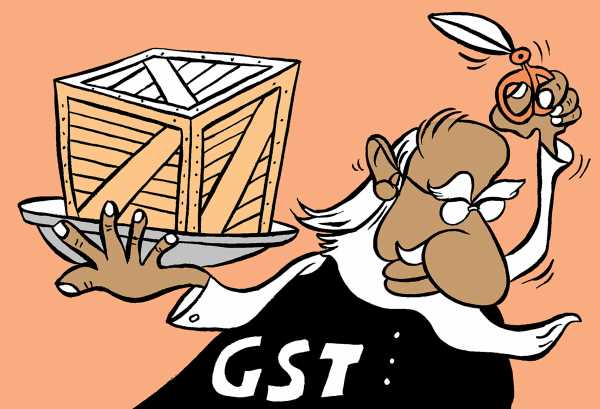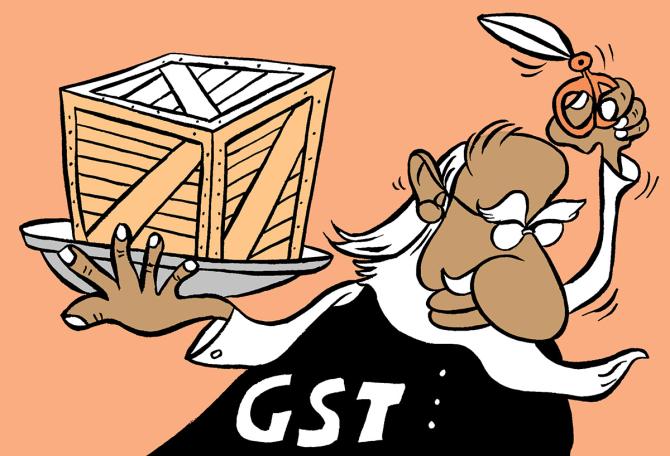Overhaul of the goods and services tax (GST) structure, including possible changes in the tax slabs, may now be taken up only after the 2024 Lok Sabha elections, given the number of states that are going to the polls in its run-up.
“No major overhaul of tax rates is expected in GST until the end of next fiscal year. One major reason for this is that some members of the group of ministers (GoM) — mandated to look at rate rationalisation by the GST Council — are from poll-bound states. Later, this may lead to reconstitution of the panel,” a senior government official told Business Standard.
Besides, both the Centre and states are not in favour of frequent changes in the tax rates amid inflationary uncertainties; they believe any major change should be brought in after extensive deliberations, according to the official.
The GoM — currently led by Karnataka Chief Minister Basavaraj Bommai — has been tasked with making suggestions on rationalisation in the tax rates and merger of the tax slabs, reviewing the exempt list, etc.
Notably, the legislative Assembly elections are scheduled to be held in Karnataka before May this year.
The seven-member panel is learnt to have met only three-four times and apprised the Council about the status of the report.
“There was a lack of consensus on rationalising tax structure, especially on raising the lower threshold to 7 per cent from the current 5 per cent and doing away with the 12 per cent bracket.
“Some members were of view that the 12 per cent bracket contributes the least to revenues,” said one of the panel members.
He added that since the 18 per cent slab has fewer items but contributes a major chunk or 65 per cent of revenues, it should be retained.
Currently, GST has a four-tier slab structure of 5, 12, 18, and 28 per cent.
Essential items are either exempted or taxed at the lowest slab, while luxury and sin items attract the highest tax rate.
On the top of the highest slab, a cess is levied on luxury and sin goods.
According to sources, the panel has sought an extension from the GST Council for the submission of the final report.
Explaining the issue with frequent changes, the official cited above explained that in June last year, the Council moved several items, including tetra pack, printing, writing or drawing ink, knives and cutting blades, paper knives, pencil sharpeners and blades, spoons, forks, ladles, skimmers, dairy machinery, power pumps, and LED lamps to the 18 per cent slab from 12 per cent.
It had even removed exemptions on mass-consumption items, including paneer and lassi.
So, any overhaul now would be done at one go, and not in short intervals.
Tweaking of the tax rates shall continue to correct rate anomalies, on a case-to-case basis, he said.
“As we approach the sixth anniversary of GST in July, it is necessary to re-evaluate the need for multiple GST rates and reduce them to three rates over a period.
“This will also bring India in line with the global best practice of having a mean rate together with a lower rate for essentials, and a higher rate for sin goods,” said M S Mani, partner, Deloitte India.
There have been demands for merging the 12 and 18 per cent slab, as also taking out certain items from the exempt category to balance the impact of slab rationalisation on revenues.
Rejig of GoM?
- GoM mandated to look into rate rationalisation could be reconstituted
- Some members of GoM, including convenor and Karnataka CM Bommai, will soon face elections in their states
- GoM has sought extension as it is yet to submit final report on rate rationalisation
- Centre and states not in favour of frequent changes in tax rates
Source: Read Full Article

